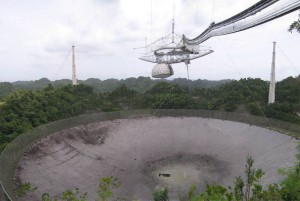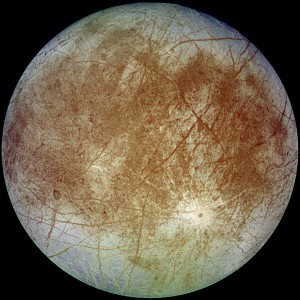Intelligent Life
One of the major motivations space exploration is the search for extra-terrestrial life. The SETI project is the most visible initiative and there are a lot of neat educational resources on their outreach page. And you can participate. seti@home allows you to download a screensaver that actually helps them process data.

The NPR program, To the Best of Our Knowledge, has a nice program asking the question, “What is Life?” The last part of the program (at about 45:00 minutes in) is an interview with Paul Davies who is head of the SETI post-detection task group. It starts with question of silicon based life, the theory of which is based on the locations of carbon and silicon in the same column in the periodic table. It also talks about what life might look like once technology really takes off and life starts “evolving by design”.
Finding life as we know it
But SETI searches for signs of intelligent life using radiotelescopes. There are other projects that look for any sign of live. One of the major reasons the Mars rovers and satellites spend a lot of time looking for signs of water on the planet is that life, as we know it, requires water.

It’s also why space agencies are so interest in Europa, the moon of Jupiter that’s covered with ice. Europa also has signs of volcanic activity under the ice, which makes it doubly interesting.